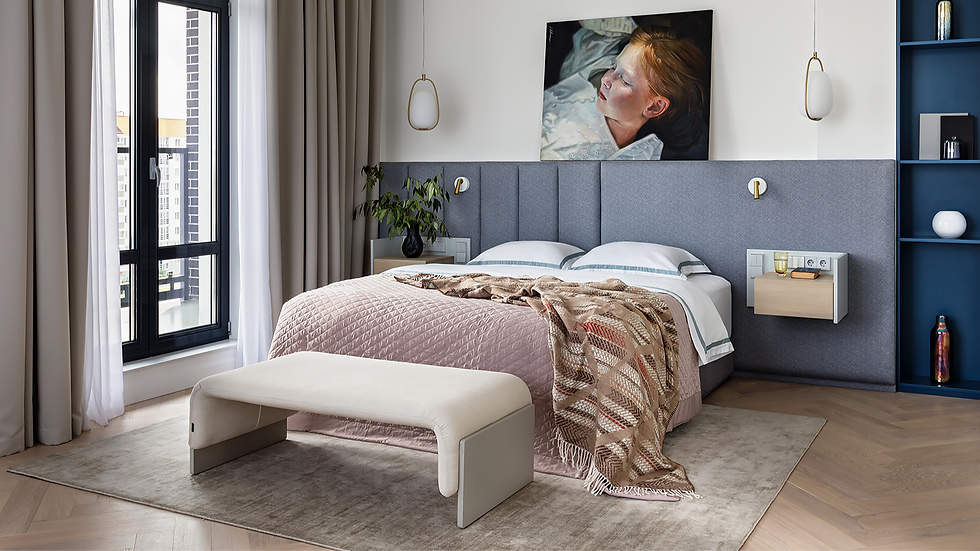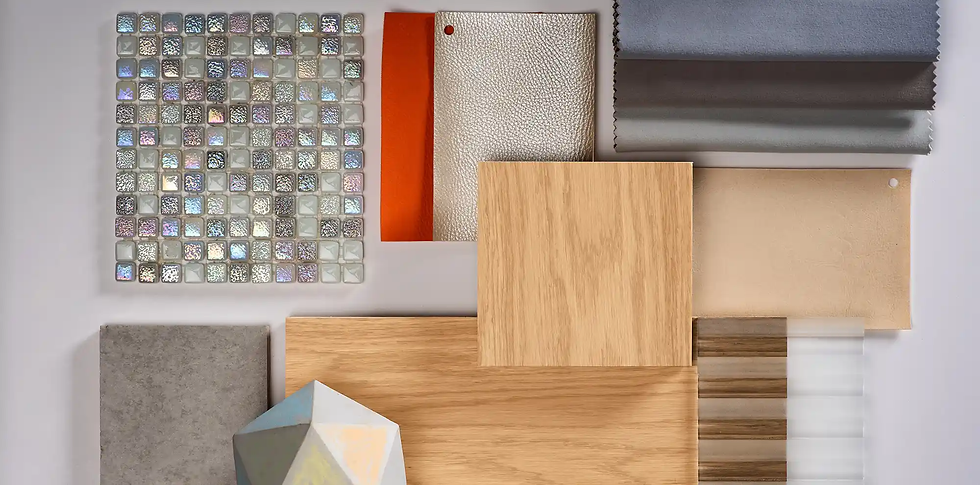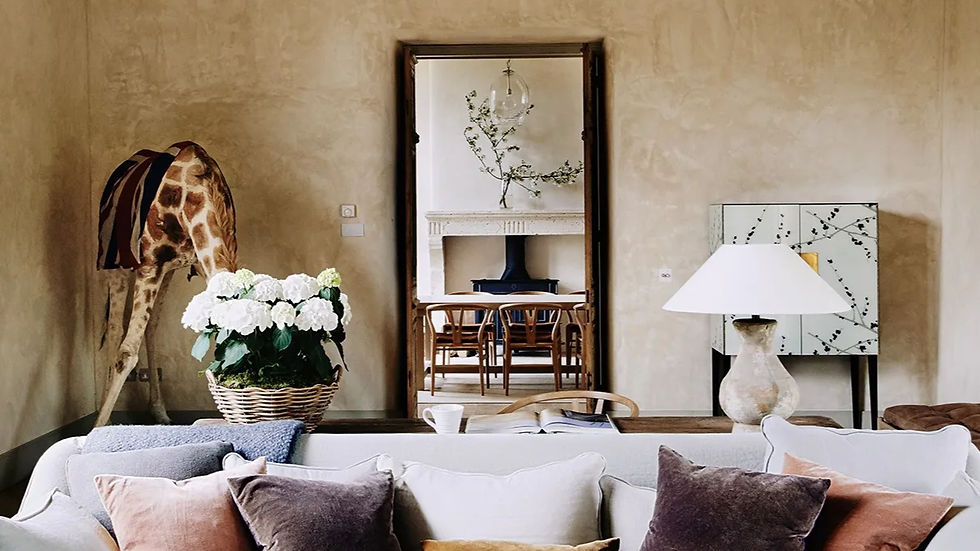The Art of Choosing the Right Materials for a Cohesive Home Design
- Arc Floor
- Oct 23, 2024
- 4 min read
Updated: Jul 16
Planning a home interior involves more than picking out items that look nice in isolation. A bold countertop or striking laminate might turn heads on its own, but if it clashes with the flooring or wall colour, the entire space can feel off-balance. With so many finishes, colours and textures to choose from, it’s easy to feel overwhelmed or tempted to mix materials without a clear plan.
This guide explores key considerations to help you make informed design choices that bring greater cohesion and connection to your home’s overall aesthetic.
Function and Style
Before comparing materials or creating mood boards, take time to reflect on how each room will be used. The function of the space helps guide everything else. A kitchen, for example, may need surfaces that are easy to clean and resistant to heat or moisture. A living room might call for comfort and warmth, while a study may benefit from calm, muted finishes that encourage focus.

It’s also important to define the mood or design style you're after. Sleek interiors tend to rely on smooth, polished materials. Cosier, rustic spaces often lean into layered textures and warmer tones. Once you have clarity on the room’s purpose and visual direction, you’ll find it easier to select materials that not only look good individually but work well together across surfaces.
Begin with the Floors
Flooring anchors a room in both form and function. It spans the largest surface area and often becomes the visual starting point for everything else. The material you choose—be it vinyl, engineered timber or solid hardwood—sets the tone for the rest of the space. Solid hardwood brings classic appeal and natural variation, and it can be sanded and refinished for long-term use. Engineered hardwood offers a similar aesthetic with greater structural stability, making it suitable for humid interiors. Vinyl flooring is low-maintenance, budget-friendly, and available in a wide range of timber-look finishes that suit busy homes or light commercial spaces.

Floor colour also affects how a room feels. Dark tones help create intimacy and warmth, ideal for cosy spaces. Light-toned floors reflect more natural light and can make a room feel larger and airier—particularly useful in compact layouts. Once your flooring is decided, it becomes the reference point for choosing your walls, countertops and furniture finishes.
Cohesive Colour Palette
Matching materials doesn’t mean making everything the same. It’s about finding complementary colours that speak the same language. Flooring, walls and countertops should feel like they belong together, even if their shades vary. This often starts with identifying the undertone of your flooring—some timbers have warm golden or red hues, while others feel cooler with greys or taupes. Creating a mood board can also be a helpful way to visualise how these elements work together before making any final decisions.

Once the undertone is clear, choose other materials that support that tone. Warm-toned timber might pair well with beige, cream or muted orange walls. Cool-toned flooring may suit whites, pale greys or dusty blues. Countertops can be used to bring in either contrast or continuation, depending on the mood you want. For simplicity, many designers use the rule of three: one dominant colour, one supporting tone and one accent. It brings structure without feeling overly styled.
Balance Your Textures
While colour gets a lot of attention, texture is just as important in achieving balance. For example, hardwood flooring is great at introducing natural texture, with visible grain patterns and organic variation. Meanwhile, having a matte-coloured wall paint or plaster finish works well against glossy surfaces like stone or laminate countertops. Likewise, smooth, polished floors may benefit from nearby textures that are more tactile or rugged.

The key is not to overwhelm the room with too many competing textures. Choose a lead material—such as timber flooring—and then mix in one or two additional textures that complement rather than compete. Using this approach keeps the design dynamic while maintaining a sense of order.
Blending Style & Functionality
Beautiful design has to hold up in real life. The flooring, countertops and wall finishes you choose should be capable of withstanding the lifestyle demands of your home. A surface may look stunning in a showroom but fail under heat, spills, scratches or humidity. This is where materials like vinyl and engineered timber can offer smart compromises, providing good looks without demanding constant upkeep.

Additional finishes, such as KristalBond protective coatings, offer even more practicality. This revolutionary nano-liquid coating on glass windows create a protective barrier that blocks up to 99% UV rays and 90% of infrared rays without affecting light transmission. Not only does KristalBond reduce heat transfer into your indoor space, it also protects flooring surfaces, furniture and other surfaces from fading and damage caused by prolonged sun exposure.
Remember, with the right materials and smart enhancements, it’s possible to create a home that’s both functional and visually seamless. Click the button below for more information!
Final Thoughts
Designing a cohesive home doesn’t require matching every material, but it does call for intentional choices. The right flooring sets the tone, while thoughtful combinations of colour, texture and functionality tie everything together. With a clear sense of purpose, a structured palette and durable materials, your interior can feel not just beautiful but truly complete!



Comments